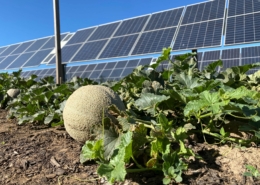
SCAPES Agrivoltaics Survey
As agrivoltaics gain traction across the United States, research on barriers and opportunities for co-locating agriculture with solar is expanding. The SCAPES solar research project, led by the University of Illinois Urbana-Champaign, has…
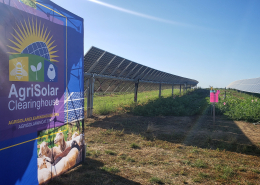
Harvesting the Sun, the Agrisolar Short Film, is Available Now!
Across the country, farmers, landowners, researchers, and solar companies are working together to harvest the sun twice: once with crops, honey, pollinators, and forage for grazing animals, and again with solar panels. This co-location…
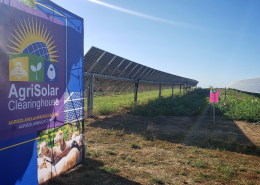
Renewable Energy in Rural America: Frequently Asked Questions
This fact sheet from the U.S. Department of Energy is meant to provide background information for frequently asked questions regarding solar in rural America.
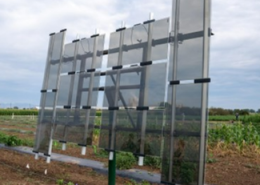
AgriVoltaics 2024 Student Design Competition
January 29, 2024
Students interested in the creative and holistic design and development of agrivoltaic systems that combine the use of solar photovoltaic power on agricultural lands are being encouraged to "Solve This Challenge"…
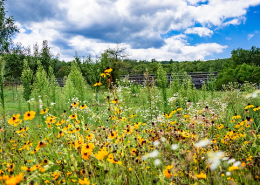
California Germany Agrivoltaics Conference
Researchers, developers, farmers, and others attending the recent California Germany Agrivoltaics Conference explored ways the solar and agriculture industries can partner to combat climate change and help farms and ranches be more resilient.…
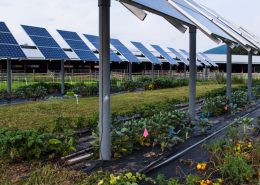
Harvest the Sun — Twice
Vines growing among solar arrays. Photo: NCAT
By Brian Naughton, Co-Founder Circle Two, LLC. This article was first published in the NM Healthy Soil blog.
The sun provides abundant energy here in New Mexico, something I’ve appreciated…
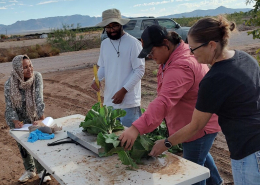
New Mexico’s Chile Crop Is Hot on Agrivoltaics
New Mexico has tremendous potential in solar energy production thanks to its consistently sunny weather and high levels of solar irradiance. Presently, the state's solar market holds a value of $3.2 billion with significant room for expansion. As stakeholders express increasing interest, they are discovering a trend observed in several other states: some of the most favorable locations for extensive solar developments are within agricultural production fields. The concept of integrating photovoltaic (PV) panels into these fields, known as agrivoltaics, has gathered attention and investment.
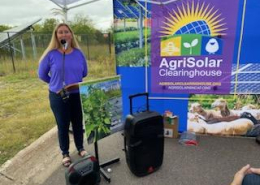
North Metro TV Features AgriSolar Farm to Table Event
Thanks to NCAT’s AgriSolar Clearinghouse and its partners, people across the country are enjoying local food produced underneath solar panels. The most recent farm to table event, held in partnership with Big River Farms at Connexus Energy,…
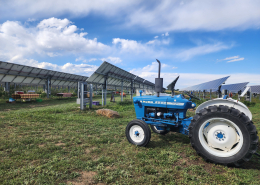
Grants Available for Projects Showcasing Agrivoltaics in Colorado
PRESS RELEASE Colorado Department of Agriculture October 3, 2023
Solar Sampler attendees at Jack’s Solar Garden.
To help demonstrate one of the many ways agriculture can contribute to addressing the…
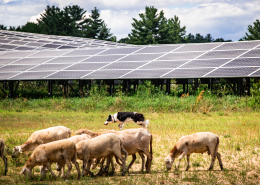
Responses Requested for First-Ever National Solar Grazing Census
Sheep grazing at Brookfield agrisolar site. Photo: AgriSolar Clearinghouse
By Alyssa Andrew and Greg Plotkin
As solar development around the nation continues to accelerate, opportunities for farmers to graze livestock on solar…
